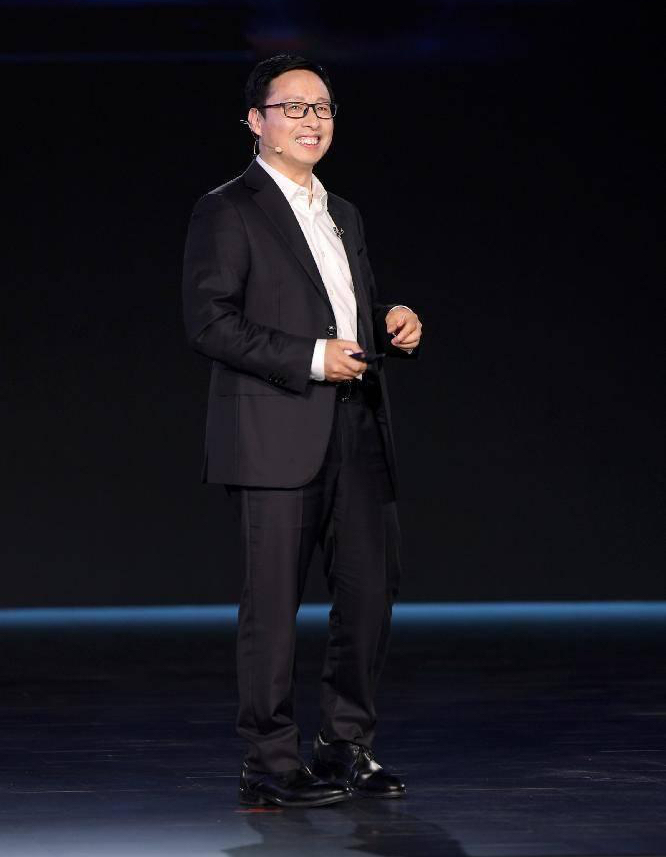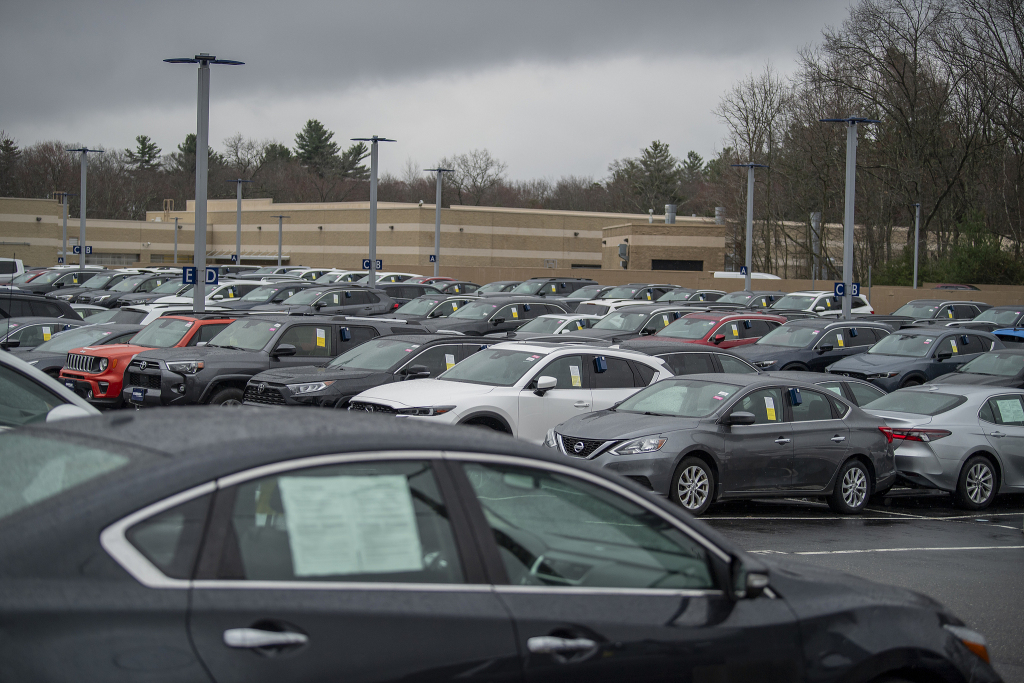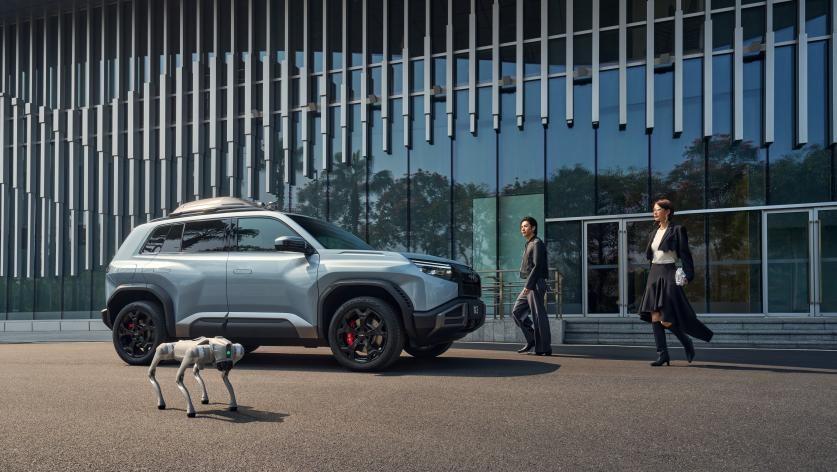
The current situation facing China's automobile industry is relatively clear.
There are not many "blue oceans" left in the domestic market. While corporate profits are further compressed, product homogeneity "forces" various ineffective innovations to appear, such as the "car toilet" recently launched by Jishi. At the same time, when everyone can't compete with prices and products, they start to compete with traffic and marketing, and all kinds of hot topics that can and cannot be taken advantage of are used for marketing, which is ugly.
On the other hand, going overseas faces trade barriers, and the EU’s new tax rate on Chinese electric vehicles officially came into effect on July 4.
Under such circumstances, the most important thing for domestic car companies to do now is to discuss new methodologies for going overseas.
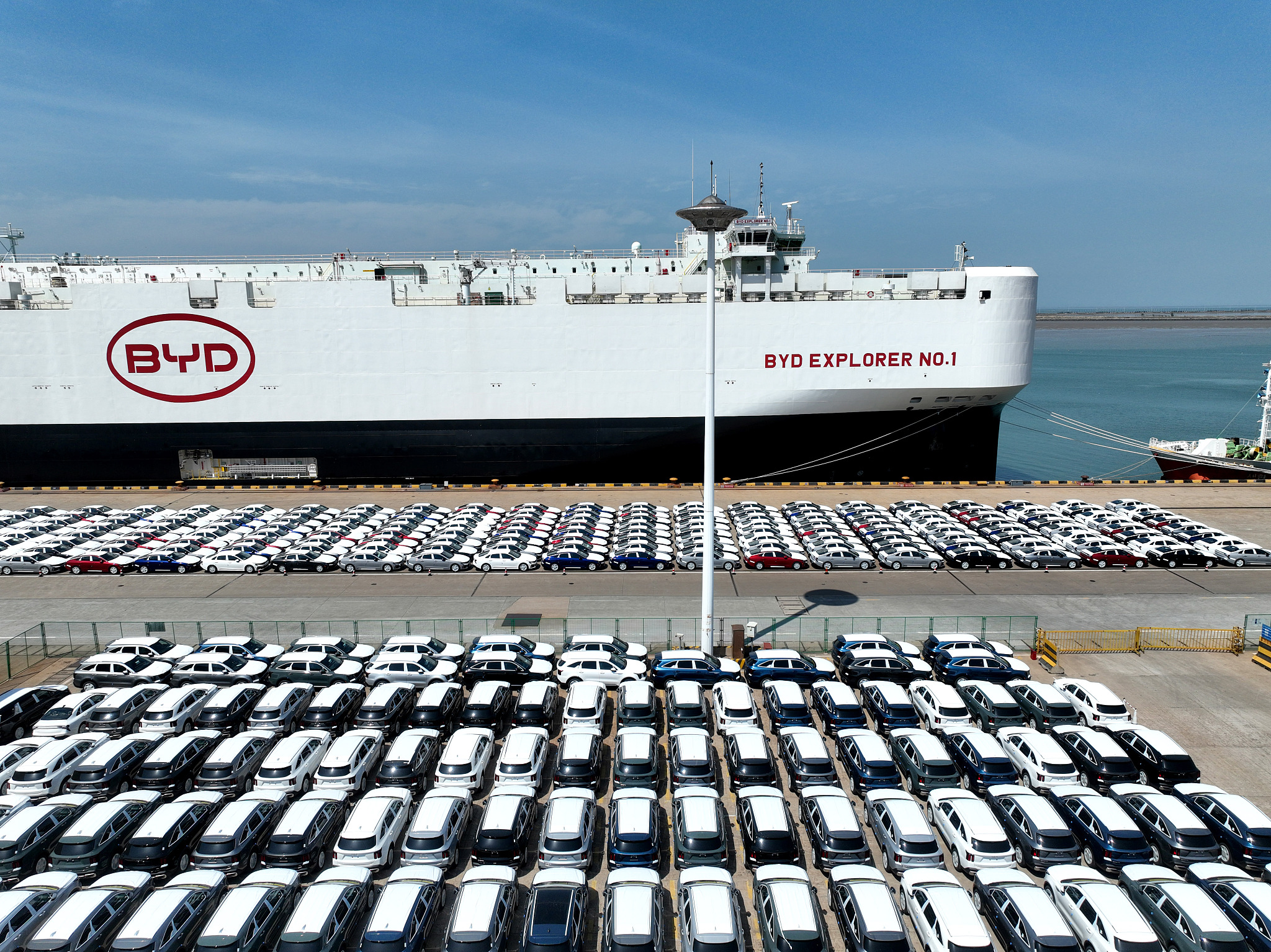
On April 25, 2024, at the terminal of Oriental Port Branch of Lianyungang Port in Jiangsu Province, a roll-on/roll-off ship was loading new energy vehicles for export.
Looking up, Huawei's motorcade tours the Shenzhen-Zhongshan Link
Event overview : At 15:00 on June 30, the Shenzhen-Zhongshan Link was officially opened for trial operation. After opening, the driving time from Shenzhen to Zhongshan will be shortened from the current 2 hours to 30 minutes.
As well-known companies in Shenzhen, BYD and Huawei took this opportunity to arrange their own fleets of Yangwang U8, Yangwang U9, Wenjie M7 and M9 to cross the Shenzhen-Zhongshan Link to congratulate its opening.
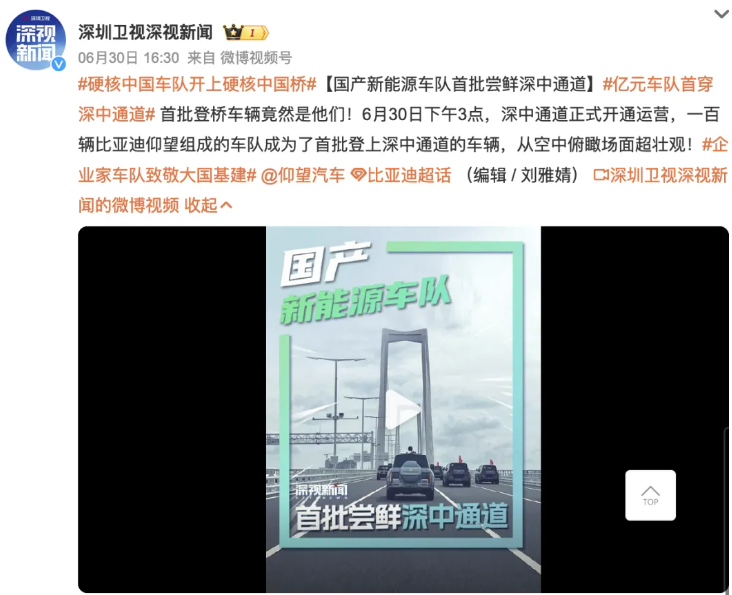
Comment : Undoubtedly, this is not a simple act of congratulation. Instead, it is an attempt to "witness the miracle of a great country" and to take advantage of the popularity of the Shenzhen-Zhongshan Link's "engineering miracle" to strengthen its label as a leader of private enterprises in the automotive industry. It is a brand communication behavior that uses hot spots to strengthen the corporate image.
It was reported that congestion occurred on the first day of the opening of the Shenzhen-Zhongshan Channel. The navigation showed that the journey between Shenzhen and Zhongshan, which theoretically takes 30 minutes, would take 1 hour and 40 minutes.
Some media reported that this was because many people went to the area to check in, causing congestion on the main road. However, according to social media users, most of the people who checked in parked in the emergency lane, which was a violation of the rules but not the main cause of the congestion on the main road.
Some analysts believe that in addition to the spontaneous crowds heading to the Shenzhen-Zhongshan Link, the convoy is also one of the factors causing the congestion. According to reports, the convoy crossing the Shenzhen-Zhongshan Link occupied two main roads to move forward, and there were also filming vehicles following on the third road.
It is interesting to note that although the convoys of the two Shenzhen companies were huge, the first car to arrive in Zhongshan through the channel was a Wuling Hongguang owned by a passerby. Wuling Motors officials also noticed this, and the Wuling Silver Logo official Weibo account commented on it, saying: "The Shenzhen-Zhongshan Channel is a road for the people, and Wuling is fortunate to accompany the car owner on this journey."
This is another example of leveraging marketing to achieve great results with just a little effort.
Seres spends 2.5 billion to acquire Huawei's "Wenjie" trademark
Event overview : On the evening of July 2, SERES Group Co., Ltd. issued an announcement stating that its holding subsidiary SERES Automotive Co., Ltd. plans to acquire 919 trademarks (including text and graphic trademarks of the "Wenjie" series) and 44 related design patents held by Huawei Technologies Co., Ltd. and its affiliates for a total price of RMB 2.5 billion.
A relevant person in charge of SERES responded that the purpose of this trademark transfer is to strengthen the consistency of market perception of the product and the trademark. The AITO brand will be exclusively used for models of joint business cooperation between the two parties, and SERES and Huawei will continue to jointly define and design AITO brand models.
Comment : In the brand jointly created by SERES and Huawei, the “Huawei halo” is the main reason why the brand sells well. In this trademark transaction, the outside world generally believes that SERES “got a bargain”, while Huawei has a bigger picture.
Since Seres plays almost only a production role in the actual operation of the Wenjie brand, theoretically, Seres only gets a small portion of the profit for each car sold, and most of the profit should go to Huawei, which contributes core technology. The market performance of the Wenjie brand is booming, and for Huawei, the related trademarks and patents of Wenjie are "high-quality assets", and it is not cost-effective to sell them all at once. Correspondingly, Seres' one-time buyout is "paying the bill", which means that for each Wenjie sold, the proportion of profit it gets will be higher than before.
Why did Huawei do this? The industry speculates that this may be to pave the way for the Wenjie brand to go overseas. Huawei is an "entity" sanctioned by the United States. If the Wenjie trademark and patents still belong to Huawei, it will undoubtedly be restricted when going overseas to Europe and the United States. After acquiring the Wenjie trademark, SERES has independent intellectual property rights. As a car company going overseas, Huawei is only a supplier, and the risk of being sanctioned is relatively small.
On the other hand, Huawei further demonstrated its commitment to "not making cars" by transferring its intellectual property rights, and further clarified the business scope of Hongmeng Zhixing (Smart Car). This move may be to reassure car companies that have already cooperated with it or intend to cooperate with it in the future.
EU's additional tariffs on Chinese electric vehicles officially implemented
Event overview : On July 4, the European Commission announced that after a nine-month anti-subsidy investigation into Chinese electric vehicles (BEVs), the European Commission decided to impose a temporary anti-subsidy tax on imports of electric vehicles from China.
The temporary tariff will take effect on July 5, 2024 and will last up to four months. SAIC will be subject to an additional tax rate of 37.6%, Geely will be subject to an additional tax rate of 19.9%, and BYD will be subject to an additional tax rate of 17.4%. The average additional tax rate for other automakers that cooperate with the EU investigation is 20.8%, and the additional tax rate for automakers that do not cooperate with the investigation is 37.6%. Compared with the data disclosed by the EU on June 12, the tax rate determined this time has been slightly reduced.
Comment : Currently, three automakers have responded to the EU's move. NIO said it is closely following the progress and will evaluate its market strategy in Europe based on the tariff policy. Xpeng said it is evaluating the possibility of building a factory in Europe.
The two companies do not have large business volumes in Europe. In contrast, SAIC, which was the most affected, responded with a "dominant" response that it would further protest and request the EU to hold a hearing.
Europe is also divided into three camps. On one side are countries such as Germany and Hungary that oppose the tax increase; on the other side are the supporters, mainly France and Italy; and there are many "neutral" countries left.
In fact, no matter how domestic car companies react, how the relevant departments express their views, and how the various European factions stand, the purpose of the EU's move is well known to everyone - it is obviously not what they say, "We don't want to impose tariffs just to create a fairer competitive environment."
Unlike when China traded markets for technology, although Europe and the United States now acknowledge that China's electric vehicle technology is ahead of Europe and the United States, and local consumers have also shown great interest in Chinese electric vehicles, it is clear that both the EU and the United States do not want to trade markets for technology now.
Some people may say that the EU just wants Chinese car companies to build factories locally, but does not want to give the core technology to the EU. It is not that simple.
He Yadong, a spokesman for the Ministry of Commerce of China, previously revealed that many automakers have reported that the information requested by the European Commission during the investigation far exceeds the reasonable scope of anti-subsidy investigations. This information covers the core competitiveness elements of enterprises, such as production processes, technical processes, product formulas, cost structures, and even highly sensitive content such as market strategies and customer resources. If such requirements are met, it may directly threaten the security of their technical secrets and business strategies, and damage their competitive advantages in the global market.
Previously, SAIC Group was subject to the highest level of tariffs for "non-cooperation" with the EU anti-subsidy investigation. This was obviously not an act of anger, but a move made after long-term consideration.
